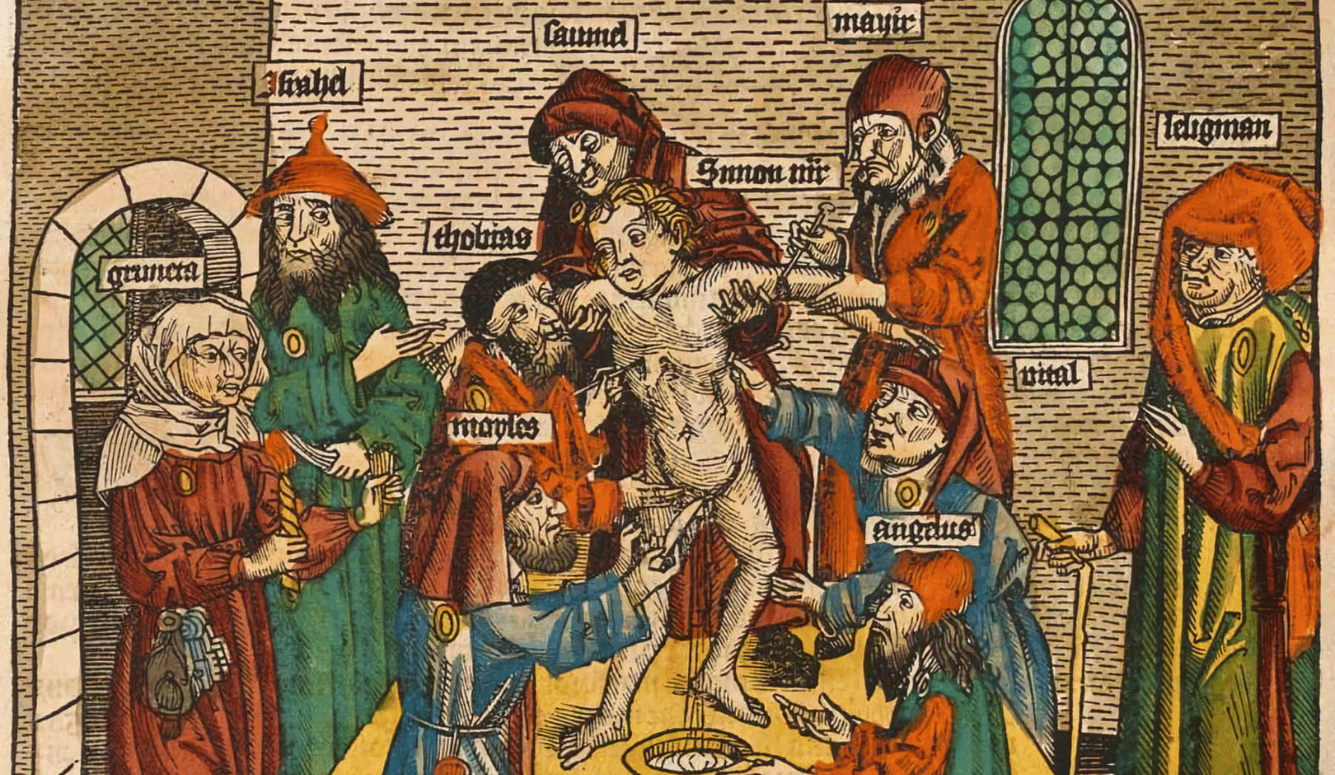The Changeling — A Review of 'In Full Colour' by Rachel Doležal
What it does do – and why it deserves to be widely read – is raise a mass of awkward questions about religion, race, sex, and identity.
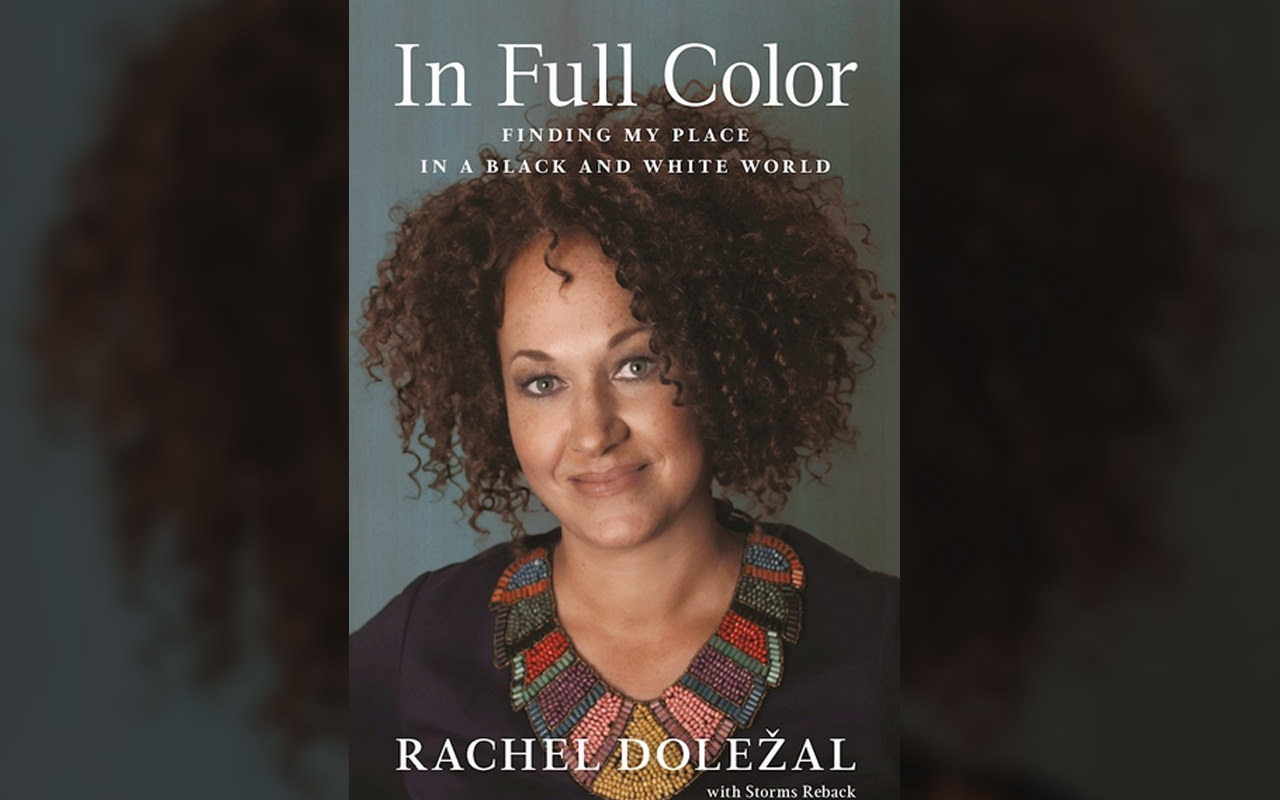
A review of In Full Color by Rachel Doležal. BenBella Books, Dallas, Texas (April 2017) 282pages.
When I was a girl, my mother said wanting something too much often led to its opposite. It could mean I’d get something almost – but not completely – unrelated to what I desired, even something I hated. If this happened, she would say and that’s what the fairies sent you.
The fairies sent things and took them away all the time among my Irish kin, none more distressingly than changelings, where newborn natural children were stolen and replaced with fairy children. Fairy changelings were not like their parents, were greedy, and always unwanted. Changeling stories – present in Ireland, Scotland, Germany, Scandinavia, and among the Igbo people of Nigeria – seldom show the fairy child growing up to be loved and accepted by its human family.
Usually it is killed, but only after being beaten, dunked in the river, or left on a hot stovetop. Its parents complain about its ravenous hunger, its odd appearance, its sickliness, its colour, or its failure to speak. In Scotland, the fairies would often take blond or red headed children, leaving dark fairy children in their place.
Sometimes, an exchange could be made, but if so human children would return from fairyland bearing strange traces of their time there. Some never grew old, but still died at the appointed time. Others grew old but never died, like the Sybil of Roman myth. She shrivelled with age until she had to store herself in a glass jar. This was because, when Apollo granted her a wish, she forgot to ask him for eternal youth after asking for eternal life.
Of course, there’s more to the changeling myth than mere spookiness. It has with justice been described as Ireland’s most sinister superstition and there is evidence those called changelings were often disabled or of dubious parentage. Unable to contribute economically to the household, the ‘changeling’ label allowed parents to kill them, a crime that now goes by the name infanticide and was historically the fate of roughly 25 per cent of live births.
That’s what the fairies sent you
Rachel Doležal is a changeling in both directions. Her parents did not want what the fairies sent them. ‘I’d nearly killed Ruthanne as she’d laboured to deliver me,’ she says in her book, ‘and my hair at birth was almost black and my skin was much darker than my brother’s’.
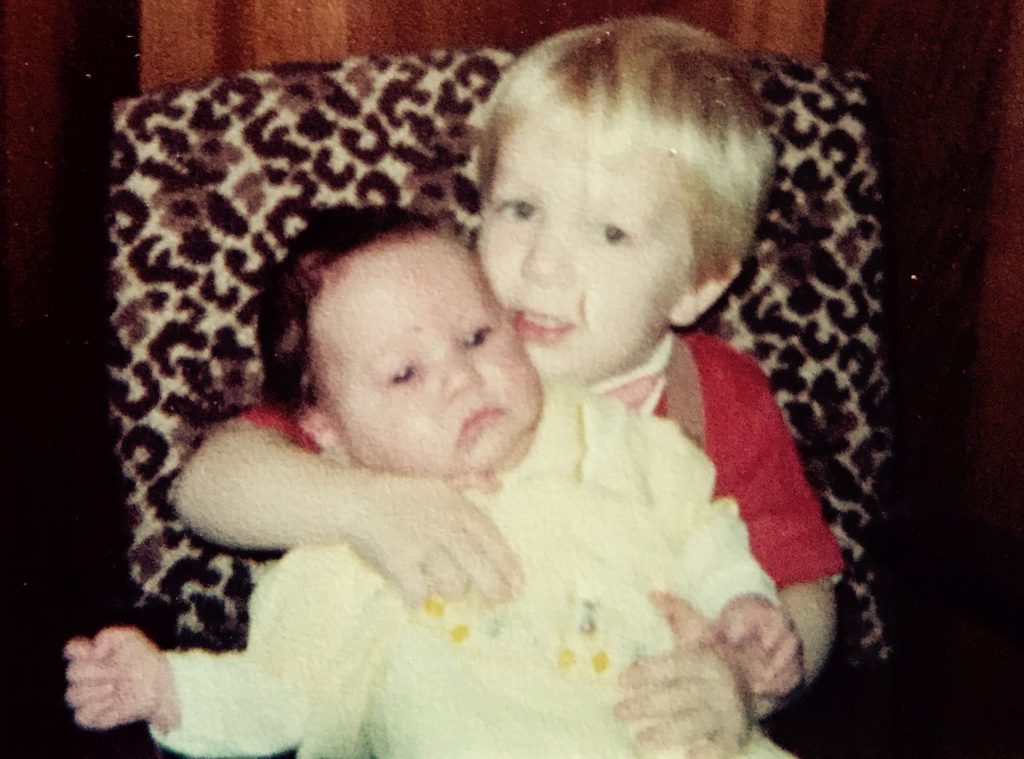
In her turn, she longed for and tried to find her way back to fairyland. For a while, she succeeded. Then, of course, the rest of us found her out.
In June 2015, just as Donald Trump was beginning to cut a swathe through the GOP, Rachel Doležal knocked him out of the headlines. Here was a mostly white woman (and the non-white bits are Native American, not black) who had claimed to be black for years, who had graduated with a 4.0 grade point average from historically black Howard University, who chaired Spokane’s NAACP, and who – so the argument went – constituted a racial version of transgender athlete Caitlyn Jenner.
And, when footage of her responding to a reporter asking her if she were African-American with I don’t understand the question emerged, it became clear she had made a lot of people, of all colours and creeds, extraordinarily, uncommonly angry. Blacks accused her of adopting blackface, a theatrical slur with its origins in the antebellum South. Whites accused her of working the system in response to the perverse incentives offered by identity politics and affirmative action.
Doležal’s response, unusually, was to write a book explaining herself, a sort of apologia pro vita sua for our times, although she also made truncated efforts to do so in media outlets after her story broke. Whether her book succeeds in achieving this is a moot point. What it does do – and why it deserves to be widely read – is raise a mass of awkward questions about religion, race, sex, and identity.
Doležal didn’t, I think, set out to do this deliberately –but that’swhat she ends up doing. Given the pervasiveness of identity politics across developed democracies, and the toxic effect it is having on public debate, it’s up to the rest of us to treat honestly in conversations about it. In Full Colour can help with that, if we let it.
Six Degrees of Queensland
My ‘Six Degrees of Queensland’ theory is that every hare-brained idea in the world is only six degrees from Bjelke-Petersen era Queensland.
Rachel Doležal’s wingnut, anti-vaxxer, Christian fundamentalist parents worked for the US arm of Answers in Genesis (AiG), the creationist outfit helmed by Cairns-born ex-teacher Ken Ham and originally led (by Ham) at Garden City Christian Church in Brisbane while Joh Bjelke-Petersen was Premier. I went to high school in Brisbane. I rode my pushbike past the giant church on the regular. Various schools (including mine) hired it to host large events because it could seat 3,000 people.
Queensland under Bjelke-Petersen was probably the closest any part of the white British Commonwealth has come to genuine authoritarianism. Electoral boundaries were so gerrymandered removing the government was nigh on impossible. Religious conservatives of a type familiar to Americans dominated the civil service. Creationism was taught in state schools. Abortion and homosexuality were illegal. The police were brutal, racist, and corrupt. Only the press remained free and fearless, and it was the press that brought Bjelke-Petersen down.
This is a long route to acknowledging that when an individual is accused of fakery on a grand scale – and particularly when fraud is alleged – one must assess whether that individual should be believed. Fraud is not mere concealment of what should have been disclosed. It must also be intended to deceive, and those so deceived must then act upon it to their detriment. To accuse an individual of fraud is very serious and in common law jurisdictions outside the US prima facie defamatory.
My Queensland childhood, Brisbane schooling, and later working as a lawyer in country Queensland suggest to me Doležal is a ‘true bill’. A very troubled true bill, but a true bill nonetheless.
Separately, I have been able to corroborate incidents from Doležal’s life – when she faced down the local Klan, for example, something requiring no small amount of courage – or by recourse to official documents. Yes, her parents really did claim that JESUS CHRIST was her midwife. Relatedly, the support she received from unexpected quarters – Attallah Shabazz, Malcolm X’s daughter, is a notable example – suggested the ‘faker’ narrative was simplistic.
Like Doležal, many people I know also spent childhood in what literary critic James Wood calls ‘the command economy of evangelical Christianity’. Their lives were centrally planned: all approvals had to go by Jesus’s desk. Objections to fluoridation and vaccines were common. Parents forcing children to consume unwanted food – sometimes including their own vomit – was something I witnessed. Measles and rotten teeth were routine. So were enforced modesty, beatings, adopted (and unhappy) Aboriginal children, the belief that taxation is theft, travelling to New South Wales to protest outside abortion clinics, child molestation (often Aborigines were targeted), and creationism.
When Doležal describes her parents adopting four black babies ‘to save them from the war on the unborn’ and to avoid paying taxes thanks to deductions permitted new parents, I believe her. When she goes on to recount how one of those black adoptees contracted whooping cough because Larry and Ruthanne Doležal (her parents) hadn’t vaccinated any of their offspring, I believe her. Ditto with the beatings, sexual molestation, enforced modest dress for women and girls, turning the four black adoptees into a nightly after-supper Black & White Minstrel Show, and exploitation of all the children’s labour.
Doležal tells how, in 2002, her parents went to South Africa ‘to do missionary work for Creation Ministries International’, leaving Answers in Genesis behind in the US. This incidentally reveals detailed knowledge of the two organisations. At that stage, CMI was still in the broader AiG tent. Another Australian, Carl Wieland, founded CMI.
Five years after Doležal’s parents dragged four black children to a country still scarred by the apartheid regime, AiG and CMI commenced suing the shit out of each other in the Queensland Supreme Court. Given I was in the building at the time, that sort of thing is difficult to forget. The religious commonalities are also difficult to ignore. Doležal bells too many cats.
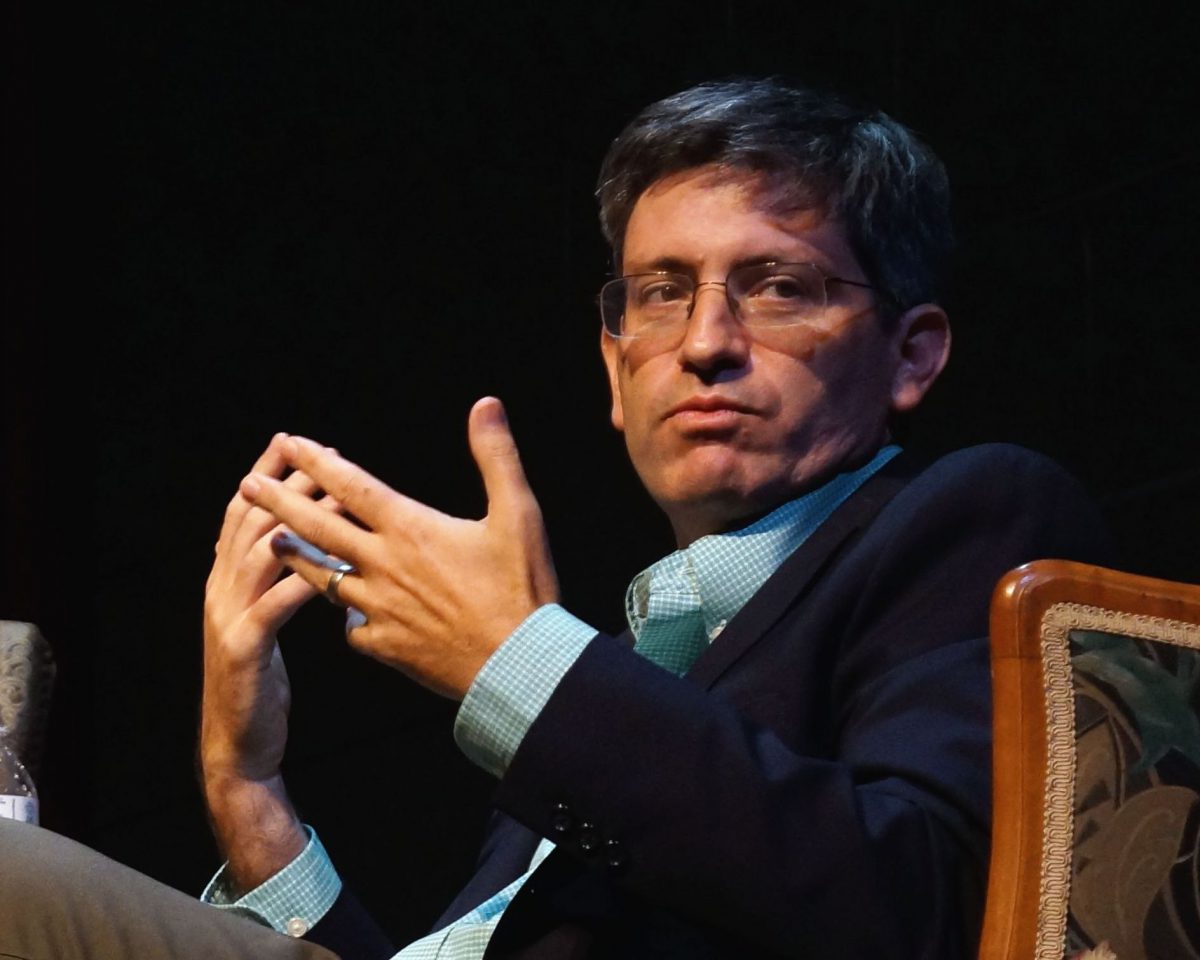
A religious mania
Let me pause for a moment and apologise to the United States. Australia exported two of its fruitloops to your country. Both Britons and Australians laugh at American religiosity, but in this case at least Australians should be laughing on the other side of their faces. Whether either Ham or Wieland thought Americans were rubes easily parted from their money is unknown, although Ham once admitted that Queensland is ‘not really the place to build such a facility [Kentucky’s Creation Museum] if you’re going to reach the world. Really, America is’.
In its account of the peculiar religiosity afflicting poor whites in the US, In Full Colour is a fine addition to J.D. Vance’s Hillbilly Elegy, Julia Scheeres’s Jesus Land and Charles Murray’s Coming Apart. I say ‘peculiar’ because religion is meant to improve people, and all four books indicate it mostly does the opposite.
It is destructive of the life chances of women and girls. Its proponents evince extraordinary hypocrisy. Its followers are marked by a notable reluctance to take personal responsibility for their failures. And its victims are characterised by a mawkish hopelessness. The only benefit it seems to confer is a mild religious mania, something easily substituted by opioids.
When Doležal describes – after a failed encounter with a tampon borne of sexual ignorance – how she ‘convinced [herself] she didn’t have a vagina’ – as a reader I admit I paused and tried to find a comparative religious framework for what was before me. Queensland isn’t like that any more. Democratic change worked like a forester kicking over a rotten log, exposing the woodworm beneath to unaccustomed sunlight. And Christianity in the UK hasn’t looked like that for decades.
I had to fall back on comparators drawn from Islam as it manifests among unassimilated migrants in developed countries. Two in particular: first, the mass unemployment, systemic dishonesty, and drug addiction larded with misogyny and despair recalled Rotherham, an organised sexual abuse scandal left to fester for far longer than it should have because its perpetrators were British-Pakistanis; and second, the Punchbowl High scandal, a majority Muslim Sydney school where it emerged female staff were banned from attending school functions on religious grounds while police were prevented from entering school premises in pursuit of criminals.
Of course – as local imams were at pains to point out – the Rotherham perpetrators were hardly good Muslims given the drugs and drink they consumed, while the NSW Education Department fired the Muslim principal responsible for the ‘no women, no coppers’ order in about the same time it takes to smoke a cigarette.
Nonetheless, the poor white Christians described by Doležal, Scheeres, Vance, and Murray are all on a similar slide into Islamic-style moral turpitude. And, as in Islam, the whole gimcrack theological edifice totters on a foundation of misogyny: women beaten and sexually abused for failing to do what men tell them, men using religion to excuse behaviour with no place in a civilised society.
Of course, it’s possible – and probable – the response to Doležal will be to accuse her of telling lies. However, it’s a bit difficult to accuse Vance, Murray, Scheeres, and other writers and scholars – who have similarly documented the hellish pit in which poor white America now sits – of telling lies as well.
Passing
Small wonder, then – unable to abandon religion entirely – Doležal looked for another form of it. Her first encounter with a morally decent form of Christianity was in its historically black form; for all her love of cultural attributes coded ‘black’ or ‘African’ or ‘African-American’ in the United States, it’s fair to say much of the foundation of her later passing was laid in Spencer Perkins’s Voice of Calvary Fellowship in Jackson, Mississippi.
Perkins and another pastor, Chris Rice, led a racially mixed evangelical church and community. That it was committedly evangelical and thus falls under the general head of ‘conservative Christianity’ is clear from both Doležal’s account and corroborated in publications like Christianity Today. However, it was also lovingly and humanely run by two men whose religiosity did improve people: providing education, training, and fellowship, a ‘hand up, not a hand out’. Doležal was deeply involved; Perkins became a father-figure to her, and his early death (at 44) left her adrift.
It was in Jackson – and while part of the congregation at VOC – that Doležal began to let her skin tan dark, do her hair in traditional black styles (cornrows, braids), and wear African-print maxi-dresses (called ‘dashikis’). People at VOC often assumed she was ‘black’, something that requires explanation for non-American readers: Doležal’s story is peculiarly American.
A phenomenon with its origins in the antebellum south and the pervasive practice of white masters raping their slaves, passing was something (mostly) light skinned blacks did in order to receive the benefits that accrued to being white. Slavery was, fairly obviously, something to be avoided, and post Civil War segregation (‘Jim Crow’) only better by degrees. Recent scholarship indicates roughly a fifth of African-American men (the rates for women may have been higher) passed as white in the late 19th and early 20th centuries.
Of course, the state fought back, enacting ‘one drop’ laws that mandated persons with only a sliver of black ancestry were black. Such laws often danced around Native American ancestry, though, because Indians were not slaves (despite their systematic dispossession in other respects).
In 1924, for example, Virginia passed the Racial Integrity Act, which defined a white person as someone with blood that was ‘entirely white, having no known, demonstrable or ascertainable admixture of the blood of another race’. Yet when faced with the fact that many Virginia planters had more or less obvious Indian ancestry, the state ruled that a white person could be up to one-sixteenth Native American. A person with one-sixteenth black blood, however, was still black.
Passing was thus fraught with danger. Genetics is disinclined to comply with neat legal categories, and while millions of white Americans likely have African-American ancestry, a ‘passer’ took a huge risk on marriage before Loving v Virginia made interracial marriage legal throughout the US. The layman’s term ‘genetic throwback’ represents a real phenomenon, and what appeared to be two white parents were often confronted in the maternity ward with a baby of obvious African-American heritage utterly unacceptable in a segregated society.
Apartheid South Africa – it being a more recent iteration of the US’s Jim Crow laws – provides the best illustration of how catastrophic this could be. Sandra Laing was born of white parents, but had brown skin, a broad nose, and woolly hair. She managed to be designated white at birth, but was reclassified as ‘coloured’ after being expelled from her all white primary school. Her parents were placed in a staggering quandary, at one point seeking to have her classified as a servant so she could continue living under the same roof.
Laing was the tip of a very large iceberg: between 1950 and 1966 there were 267,541 individuals who could not be adequately categorised under the apartheid system of racial classification. A true changeling, Laing became estranged from her family and ultimately lived as a ‘coloured’ person: white society simply would not have her.
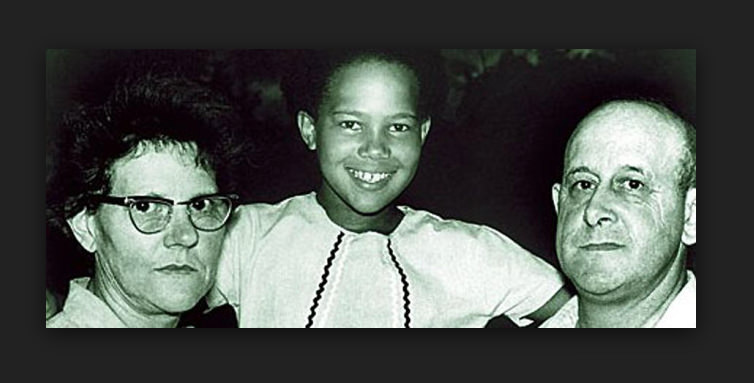
Passing also created pathologies among its practitioners: here are two. Lawrence Dennis knew his mother was partly black but passed so emphatically he helped found American fascism, going so far as to attend a Nuremberg rally, have a personal audience with Mussolini, and meet Nazi leaders. In the other direction, respected (white) American geologist Clarence King passed as black in order to sustain his marriage to a black woman 19 years his junior, in large part because he was not sexually attracted to white women (a subject about which he expectorated at length).
The historical salience of the ‘one drop’ rule explains why people at Voice of Calvary accepted Doležal’s identification. She was nonetheless queried from time-to-time, and – at least initially – was comprehensively truthful, only to find she bored or annoyed people.
‘The minute I corrected them,’ she notes, ‘the comfort level disappeared, so I stopped doing it’. In a sense, people accepted her more readily when she lied, so she lied. It’s hard to say who comes out looking worse: Doležal the fibber, or all the people who needed her to be ‘black’ before she could be accepted and trusted.
Race, sex, reality
When Doležal won her scholarship to Howard, she did so as a white person. The university knew who and what she was. Howard’s admissions office liked her artwork, and – importantly – the university is not racially exclusive. Its founder (Civil War Union General Oliver Howard) was white, and it had (and has) a strong reputation, decent endowment, and some stellar graduates (Toni Morrison, Thurgood Marshall, and Stokely Carmichael, among others). It also has a long tradition of admitting intellectually curious whites. Largely due to her husband’s preferences, Doležal was blindingly white throughout her studies there, even bleaching her hair blonde.
Had Doležal received a full Howard scholarship by dint of passing, I think there would be something to the conservative argument that she responded to perverse incentives characteristic of policies that attempt to correct historic injustices using quotas or affirmative action. She also did not apply for positions ‘reserved’ for blacks, or work in racially segregated organisations. The NAACP has always had white staff and a clear commitment to racial integration. More broadly, her protracted failure to profit at anyone else’s expense from her passing undermines accusations of fraud.
That there are problems with affirmative action and racial quotas goes without saying. Rachel Doležal, however, is not one of them.
Unfortunately, it seems Howard did manage to sell her one intellectual falsehood, although it is a falsehood by no means exclusive to Howard. Throughout In Full Colour, Doležal insists that ‘race is a social construct’, assuming that readers will simply accept her assertion on trust.
The problem is that race isn’t a social construct.
Research suggests that there are meaningful genetic differences among racial groups and that these differences are largely consistent with common racial classifications. Ignoring them can have real-world consequences, too, which is why pharmaceutical companies now have to do drug trials on ethnically diverse populations. If they don’t, certain drugs may be less effective, or even unsafe, in some populations because of genetic differences. It should come as no surprise that the main victims of underpowered pharmaceutical trials historically were African-Americans.
It should also be reasonably obvious that claiming race is a social construct cannot exist conterminously with claims to racial authenticity. Race is real; racism is also real, but working out how one relates to the other is actually surprisingly difficult.
Doležal sometimes uses the ‘race is a social construct’ argument in order to draw parallels between her circumstances and those of Caitlyn Jenner, partly co-opting arguments made by the modern transgender rights movement. She recounts how she did an interview with Vanity Fair because the magazine assured her it would treat her in the same way as it did Jenner (it didn’t).
However, in honestly admitting that genetic differences between men and women are much greater than are any documented racial differences, Doležal inadvertently exposes another cultural fault line.
Some transgender activists argue that simple gender identification without more is sufficient to overpower major statistical differences between the sexes with clear biological roots. The widespread acceptance of this argument has led to what are effectively men competing in women’s sport, where they almost inevitably win, along with a failure to appreciate that male to female transgender individuals commit crimes at the same rate as men.
The seriousness of the latter should not be underestimated. It’s vitally important to know population averages when developing public policy. We know, for example, that the majority of violent crime (including nearly all violent crime against strangers) is carried out by males between the ages of 16 and 35. And, as with racial differences, failure to appreciate the biological roots of sexual difference has serious, real-world consequences when it comes to pharmaceutical trials.
Because the attempt to prove sex is a social construct has progressed less far than similar arguments with respect to race, it is easier, empirically, to argue for a ‘transracial’ category than a ‘transgender’ category. Yet, strangely, transgender individuals are far more socially accepted than those who engage in passing.
This is not to argue that neither category should exist. It does mean, however, that those who question a transgender individual who collapses ‘gender’ into ‘sex’ are often doing so in good faith, just as some of Doležal’s more thoughtful interlocutors had a point when they queried the ethics of a white person passing as black.
It may simply be, as American cartoonist Nina Paley suggests, ‘you have the right to identify as anything you like, but that doesn’t give you the right to make everyone else identify you in the same way’.
The Changeling
When the review copy of In Full Colour landed on my desk, colleagues – middle-class lawyers to a man and woman, regardless of race – started in with lines that could have come from The Office (British version). ‘Sociology thesis topic: the difference between being transrace and cultural appropriation,’ said the Intellectual Property consultant. ‘She identified with poor blacks, and now she’s on food stamps and facing eviction – she’s living the dream,’ a Property partner quipped. ‘You know, I’d love it if a 23 and Me analysis actually showed she’s got heritage,’ added a Family lawyer, ‘the one drop rule and all that; Americans are so weird about race’.
Those comments reflect the common British tendency to view the United States as though it were a giant petri dish in which bacteria swarm and multiply before our very eyes. British humour is often cruel; American friends tell me the UK Office makes them wince. The 23 and Me suggestion stayed with me, though, if only because photographs of Doležal not supplied by her parents (a crucial point) do show someone who looks neither like them nor her brother, even as a tiny baby. ‘Bloody brown milkman,’ was another Brit response, as was my father’s I think the bull jumped the fence there.
Whether Doležal chooses to go down the genetic testing path and, if so, reveal the results, is neither here nor there and entirely up to her. Independently of her actual ancestry, she has blown a large hole in comfortable but pseudoscientific ideas about identity and much of the politics flowing from them. She also offers a potent and terrible reminder that religion can have dreadful social and policy consequences. Some Christians really are too heavenly-minded to do any earthly good.
For that reason alone, In Full Colour is worth your time, even if the political claims Doležal makes infuriate you. This is because the only way to deal with racism is to talk honestly about race.

